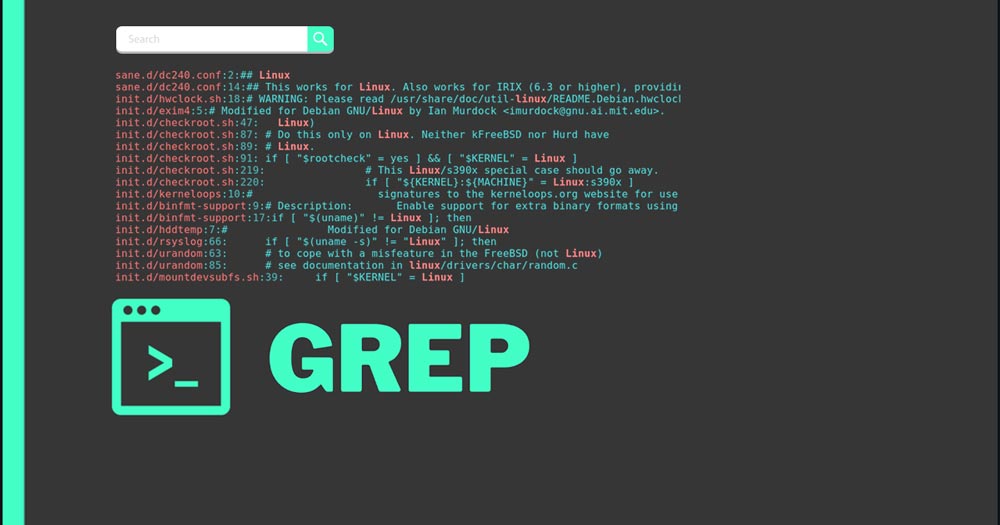Introduction High Availability Proxy (HAProxy), is a popular open-source proxying and TCP/HTTP load balancer solution able to run on Solaris, FreeBSD, and Linux. It is most commonly used to enhance the reliability and performance of a server environment by providing a balanced distribution of workload across multiple servers. This type of tool is used in many high-profile environments like Instagram, …
How to Install and Secure Redis on Ubuntu 18.04
Redis is a powerful in-memory key-value store that can be used as a database server, cache, and message broker. It’s widely known for its fast performance, flexibility, and support for a wide variety of languages. It’s free and open-source software that’s written in the C programming language. In this guide, check out how to install and secure Redis on Ubuntu …
Netcat Utility on Linux: Testing TCP/UDP Connections on a VPS with Netcat
Introduction One of the biggest advantages of using Linux is the plethora of helpful utilities it provides. The in-program features are usually sufficient for most programmers to do their work. This means that most of the time, you will not need to download external programs and software. The built-in tools will provide you enough utility. Among these helpful features is …
Using Grep and Regex to Search Text Patterns
The grep command is a powerful utility to search for patterns in text. It comes pre-installed in any Linux distro. Here is our tutorial that goes over setting up the LAMP Stack -Linux, Apache, MySQL, and PHP. The name grep stands for global regular expression print. The tool searches for the specified pattern in the input. In principle, it sounds …
How to Configure a Linux Service to Auto-Start After a Reboot or System Crash: Part 2 (Theoretical Explanations)
In this second installment of the two-part tutorial on configuring Linux services to start automatically after a reboot or system crash, we will discuss the init system in detail. You can refer to Part 1 of the series: How to Configure a Linux Service to Auto-Start After a Reboot or System Crash: Practical Examples here. The current tutorial will be …
How to Configure a Linux Service to Auto-Start After a Reboot or System Crash: Part 1 (Practical Examples)
Introduction In computing, things don’t always go as planned. Oftentimes unexpected system crashes prompt system admins to initiate reboots and restart of individual services. Figuring out and restarting every service your application needs to run after a system crash or reboot can be tedious. In this first installment of the two-part tutorial, we will show you how to configure services …
SQLite vs MySQL vs. PostgreSQL: Relational Database Management Systems Compared
Introduction Database management tools are mostly used by the relational data model. This model organizes data into tables consisting of columns and rows. While this model remains dominant in terms of storing and managing worldwide data, there are other data models such as NoSQL and NewSQL out there. In this tutorial we will delve into three of the most widely …
Configuring the Linux Sudoers File
Introduction Do you ever wonder why you must type “sudo” while trying to execute certain commands in a Linux or Unix Operating System environment? Sudo is actually an abbreviation, standing for “super-user do”. When you use the sudo command, you can run programs and execute commands with the security privileges of another user. By default, the sudo command allows system …
Installing Python 3 and Setting up a Local Programming Environment on Ubuntu 16.04
Introduction Python is an interactive, object-oriented, and simple programming language which can be used for a plethora of different programming projects. A fun fact is that Python is not named after the python snake but after the comedy television show Monty Python’s Flying Circus. Python is a great language to get started with programming and a great choice for experienced …
Manage Processes in Linux- a Guide on Using ps, kill, and nice
Introduction When most of us use computers, we run various applications. These applications are run by programs called servers or operating systems. There are many different kinds of servers that work in different ways. One of them is Linux. Linux runs applications in the form of processes. In Linux, we refer to each application as a ‘process’. The server is …
Getting to Know Kubernetes
Container Technology and Docker The idea of using containers for deployment in an application environment is not new. People have been using it for several years and with much success. With the help of containers, developers are able to isolate an application’s coding and configuration in an executable package. This prevents needless interference and hangups that would only slow down …
Configuring Your Linux Server to Use SSH Key-Based Authentication
SSH on a Linux Server SSH, also known as secure shell, is a protocol that can be used to connect and communicate with a server. You can connect to your Linux server for a terminal session using this encrypted protocol. If you are using an OpenSSH server, there are primarily two different ways you can go about the authentication process. …













